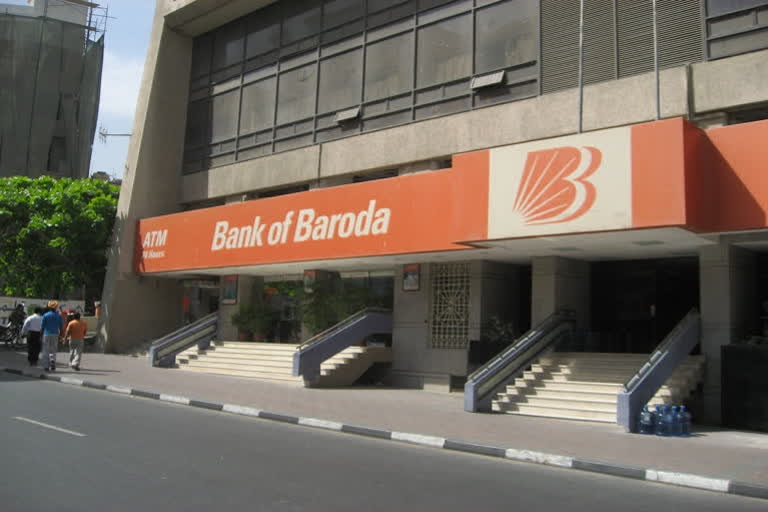Hyderabad:Banks already struggling with asset quality woes and disruptions arising due to large-scale mergers were caught in the grip of an inevitable spike in bad loans amid the ongoing pandemic. The bank’s borrowers are struggling with an unprecedented financial crisis with multiple challenges. Loans have become due after the six-month moratorium of RBI ended in August 2020. At the same time, they needed cash flows to restart their activities. The choice with bank borrowers is limited. They will opt to invest their scarce cash flows towards resuming economic activities opting to postpone repayment of loans. Unless they are eligible for the restructuring of loan facilities under RBI schemes, they cannot escape default. Close to 40 percent of bank borrows have reportedly availed moratorium which will become due as soon as the standstill clause in the classification of loans into bad loans is withdrawn. In such unprecedented adverse situation, rise in bad loans of banks could see a new peak in 2021-22 and may stretch its ill impact to 2022-23.
Magnitude of bad loans:
Bad loans are referred to as Non-performing Assets (NPAs), as they do not earn interest for the lenders. A loan deteriorates into NPA if the borrower does not pay the interest or loan instalment or both for a period of 90 days. NPAs are indicated in two forms. Gross NPAs (GNPAs) that represent the ratio of total NPAs to total assets of the banks. When provisions made against them as per prudential norms are deducted from GNPAs, net NPAs (NNPAs) are worked out. NNPAs are a continuing threat to the banking system.
In fact, just before the onset of the pandemic, GNPAs of banks began to show improvement falling from 9.1 percent in March 2019 to 8.2 by March 2020 and fell further to 7.5 percent by September 2020. But the situation changed after the pandemic mauled the economy and borrowers slipped into crisis. RBI in its Financial Stability Report (FSR) – June 2020 estimated that NPAs are likely to inch up to 14.7 percent by March 2021 in severe stress conditions and to 12.5 percent in baseline scenario.
Also Read: Gross NPAs may rise around 10% by Mar'21
But looking to the lingering crisis, banks should gear up to handle NPAs of a level going even beyond the RBI estimates in severed stress conditions. Banks while continuing to improve their capacity to lend should be prepared for a long haul in managing asset quality. Realizing the extraordinariness of the Covid induced distress; banks will have to live with higher NPAs for the next two years or so. But the inevitable asset quality woes should not be allowed to overwhelm the functioning of banks and should not douse the credit risk appetite that will be detrimental to the revival of the economy.
